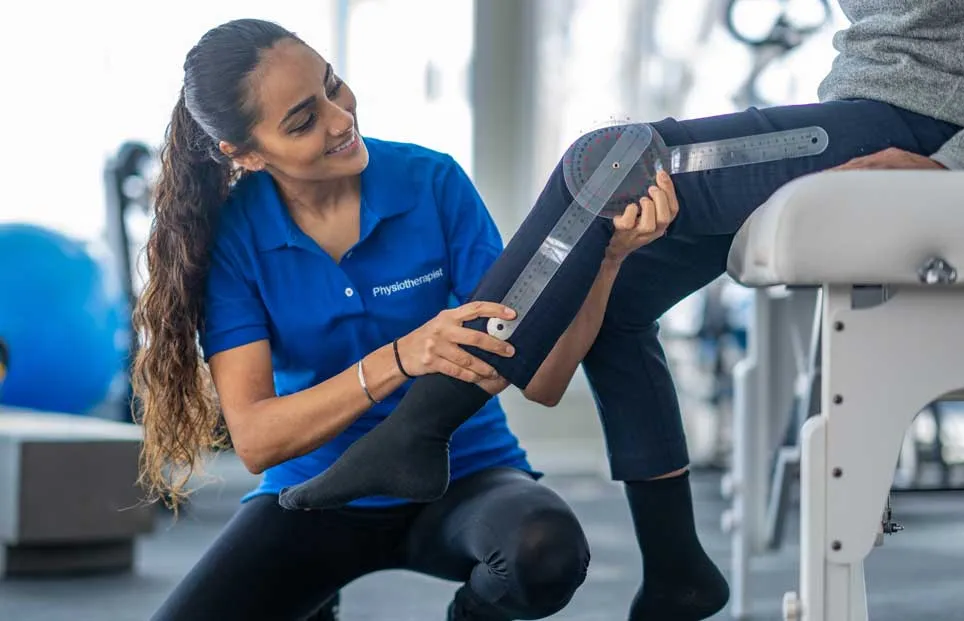Efficient Methods for Alleviating Dyspnea in Physical Therapy Appointments
Efficient Methods for Alleviating Dyspnea in Physical Therapy Appointments
Blog Article
Breathing difficulties, or trouble breathing, is a common issue that many people face, especially those with chronic lung conditions, heart problems, or other health concerns. In physical therapy sessions, addressing dyspnea is essential for helping clients improve their overall quality of life. By utilizing specific techniques and strategies, physical therapists can help patients in controlling their respiratory difficulties. Grasping these efficient approaches can empower both therapists and patients to work together more effectively in overcoming challenges related to breathing difficulties.
One of the primary methods used to alleviate dyspnea in physical therapy is the practice of controlled breathing activities. These exercises often concentrate on abdominal breathing, which promotes patients to use their diaphragm rather than their upper chest muscles when breathing in. This method helps to maximize lung capacity and effectiveness. Additionally, pursed-lip breathing is another approach that can be helpful. This method requires breathing in through the nose and breathing out slowly through pursed lips, which can assist to keep airways open longer and make breathing feel easier. By incorporating these exercises into therapy appointments, physical therapists can provide patients with strategies to manage their dyspnea both during and beyond of their appointments.
Another crucial aspect of controlling dyspnea in physical therapy is the development of an individualized exercise regimen. Tailoring exercises to satisfy the individual needs and abilities of each patient is essential. Therapists should gradually integrate aerobic activities, such as walking or biking, in a structured manner, allowing patients to develop their endurance over a period. This incremental approach helps patients to feel more comfortable with fitness activity while simultaneously improving their lung capability and overall stamina. It is important for therapists to observe patients carefully during these exercises to make sure they are not Get the facts overworking themselves, which could result to greater shortness of breath.
Education also plays a major role in alleviating breathing difficulties during physical therapy appointments. Providing patients with knowledge about their condition and the mechanisms behind breathing difficulties can enable them to take charge of their health. Therapists can explain how factors like anxiety, posture, and environmental conditions can influence breathing. By comprehending these concepts, patients can learn to control their issues more effectively. Techniques such as anxiety reduction methods and proper body mechanics can additionally assist in minimizing the effects of breathing difficulties during daily activities and therapy sessions.
In summary, successfully reducing dyspnea in physical therapy sessions involves a combination of breathing exercises, personalized exercise regimens, and patient teaching. By applying these effective approaches, physical therapists can help patients control their breathing difficulties and improve their overall health. Collaboration between therapists and patients is essential to create tailored interventions that meet specific needs. With the appropriate support and techniques, patients can experience relief from breathing difficulties and participate more completely in their physical therapy journey, eventually leading to a better standard of life.